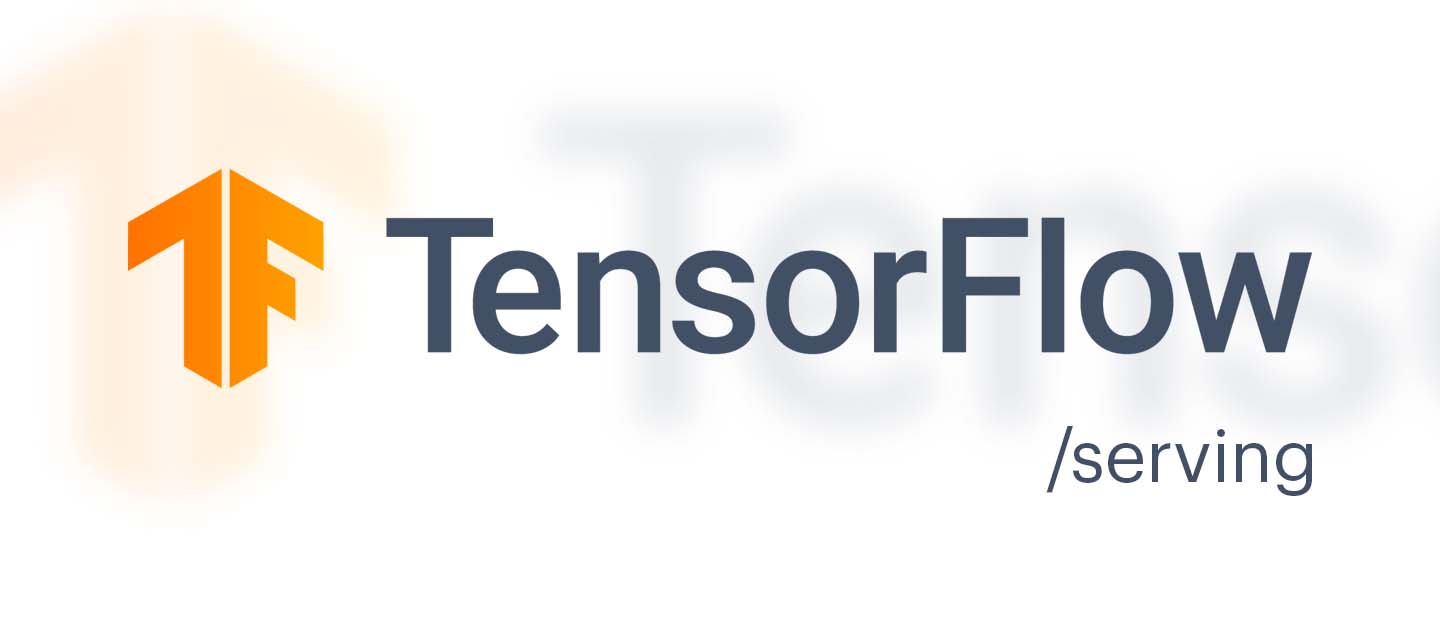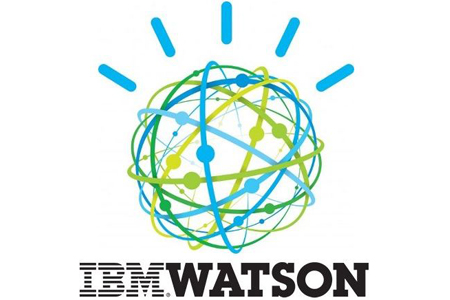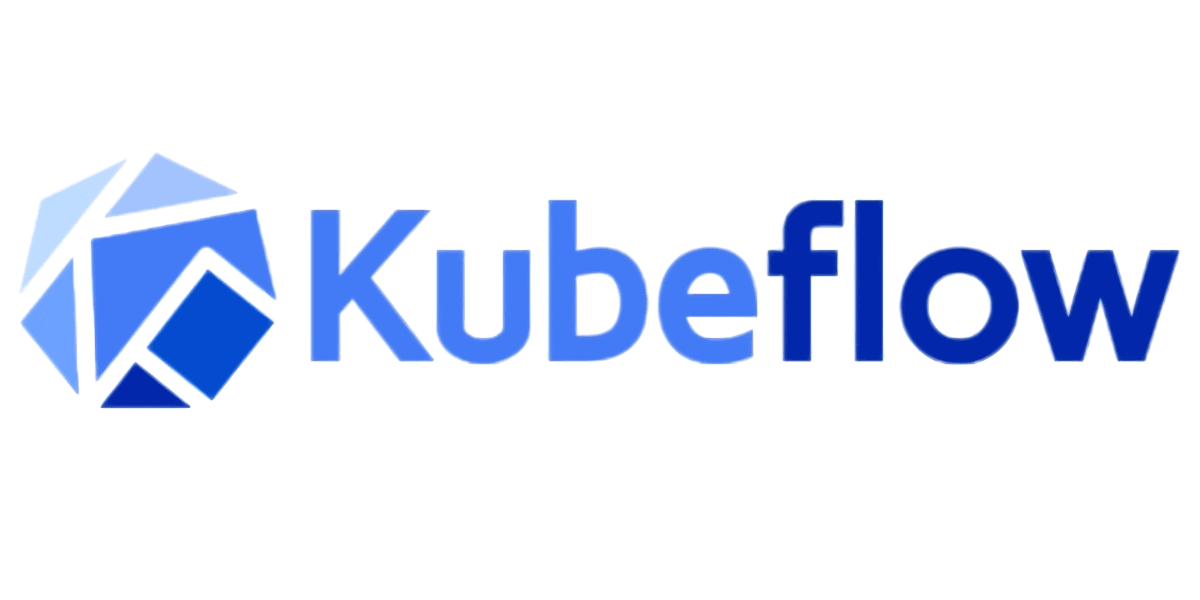Comparing Top 10 Model Serving Platforms: Pros and Cons

The demand for implementing machine-learning models in production has greatly expanded due to the rapid expansion of the machine-learning field in recent years.
In order to solve the difficulties involved in installing and managing machine learning models in production contexts, model serving platforms have become a potent tool.
Choosing the best model serving platform might be challenging with so many variations on the market. In this article, we will contrast the top 10 model-serving systems currently on the market and point out both their advantages and disadvantages.
By the time you've finished reading this blog, you'll have a better understanding of the numerous possibilities on the market and be able to decide which model serving platform is best for your particular use case.
About Model Serving Platforms
Platforms for hosting machine learning models and making them accessible for usage in real-world applications are known as "model serving platforms." These platforms give users the opportunity to deploy trained machine-learning models and instantly make predictions based on fresh data. They offer an interface via which data can be sent to the model, processed, and returned as predictions or outcomes.
Platforms that serve models often offer the following features:
- Scalability: The platform must be able to handle many requests at once and adjust its capacity in response to demand.
- Performance: With low latency and high throughput, the platform should be able to produce predictions fast and effectively.
- Security: The platform must ensure the model and data are protected from unauthorized access and secure.
- Monitoring: To track the performance of the model and find any problems or abnormalities, the platform should have monitoring and logging features.
- Integration: The platform should provide APIs for accessing the model and be able to integrate with other computer programs.
- Versioning: The platform should provide model versioning, making deploying new versions simple and rolling out old ones as needed.
Model serving platforms are useful for a variety of tasks, including fraud detection, recommendation systems, natural language processing, picture identification, and many other things. TensorFlow Serving, Amazon SageMaker, Google Cloud AI Platform, and Microsoft Azure Machine Learning are a few well-known examples of model serving platforms.
Top 10 Most Popular Model Serving Platforms
In this section, we will compare the top 10 model serving platforms, their pros, and cons, and help you decide which one to choose for your specific use case.
1. Amazon SageMaker

With Amazon SageMaker, a managed machine learning service, developers and data scientists can create, train, and deploy machine learning models at scale.
Pros: It supports a wide range of machine learning frameworks and has outstanding scalability. It also has attributes like model tuning and monitoring, making it a great option for enterprise-level applications.
Cons: The learning curve for novices can be extremely high, and it can be quite pricey.
2. TensorFlow Serving

TensorFlow Serving, an open-source software package, is used to serve TensorFlow models.
Pros: It is excellent for real-time applications since it is extremely adaptable and provides low latency and great throughput.
Cons: Because of the configuration and administrative requirements, it is not recommended for small-scale applications.
3. Microsoft Azure ML

The cloud-based machine learning platform Microsoft Azure ML offers resources and services for creating, honing, and deploying machine learning models.
Pros: It has great scalability and works seamlessly with other Microsoft services. Additionally, it offers a huge selection of pre-made models and templates, making it simple to get started.
Cons: Compared to other model-serving platforms, it can be relatively pricey and has a more difficult learning curve.
4. Google Cloud AI Platform

A variety of tools for developing, honing, and deploying machine learning models are available on the Google Cloud AI Platform, a cloud-based platform for machine learning.
Pros: It supports a wide range of machine learning frameworks and has outstanding scalability. Additionally, it provides functions like model customization and monitoring.
Cons: There is a steep learning curve, and it can be pricey.
5. IBM Watson Machine Learning

The cloud-based machine learning platform IBM Watson Machine Learning offers resources and services for developing, honing, and deploying machine learning models.
Pros: Positive aspects include its outstanding scalability and seamless integration with other IBM services. Additionally, it offers a huge selection of pre-made models and templates, making it simple to get started.
Cons: Compared to other model-serving platforms, it can be relatively pricey and has a more difficult learning curve.
6. Hugging Face

The open-source model-serving platform Hugging Face is a popular model serving platform that offers machine learning model deployment and management tools and services.
Pros: It is simple to use and highly adaptable. Additionally, it makes getting started simple by providing a huge selection of pre-built models and templates.
Cons: It may not offer the same level of scalability as some of the other model-serving platforms, making it unsuitable for enterprise-level applications.
7. Algorithmia

Machine learning model deployment and management tools and services are offered by the cloud-based model-serving platform Algorithmia.
Pros: A broad variety of machine learning frameworks are supported, and it has good scalability. Additionally, it provides functions like model customization and monitoring.
Cons: It may not be appropriate for small-scale applications and can be fairly pricey.
8. Kubeflow

Machine learning models can be deployed and managed on Kubernetes using tools and services from the open-source model-serving platform known as Kubeflow.
Pros: It is excellent for real-time applications since it is extremely adaptable and provides low latency and great throughput. Additionally, it provides functions like model customization and monitoring.
Cons: Because of the configuration and administrative requirements, it is not recommended for small-scale applications.
9. MLflow

In order to install and manage machine learning models, MLflow is an open-source model-serving platform that offers several tools and services.
Pros: It is simple to use and highly adaptable. Additionally, it provides functions like model customization and monitoring.
Cons: Compared to other solutions, it could involve more work to set up and administer, and it might not offer as much scalability as other model-serving platforms.
10. KFServe

Machine learning models can be deployed and managed on Kubernetes using the tools and services offered by KFServe, an open-source model serving platform.
Pros: It is excellent for real-time applications since it is extremely adaptable and provides low latency and great throughput. Additionally, it provides functions like model customization and monitoring.
Cons: It might need more management and configuration than other model serving platforms and might not be appropriate for small-scale applications.
Conclusion
Finally, the appropriate model serving platform for your use case will rely on a number of variables, including your financial situation, the size of your application, and your level of technical proficiency. Hugging Face and MLflow may be better suited for smaller-scale projects, whereas Amazon SageMaker and Google Cloud AI Platform are both great choices for enterprise-level applications.
Although strong choices for real-time applications, TensorFlow Serving, Kubeflow, and KFServing require more configuration and management than other options. The easiest way to select the ideal model serving platform is to compare each choice in light of your unique requirements and use case.
Want to explore more such platforms? Read here!
FAQs
- What are model serving platforms?
Model serving platforms are programs or frameworks that make it easier to manage, scale, and deploy machine learning models in real-world settings.
2. What criteria were used to choose the top 10 model serving platforms for this comparison?
A number of criteria, including popularity, industry acceptance, community support, feature set, scalability, and general reputation in the machine learning field, were taken into consideration while choosing the top 10 model-serving platforms.
3. What are some popular advantages of model-serving platforms?
Easy deployment, scalability, effective resource management, support for numerous frameworks, comprehensive inference APIs, and monitoring and management capabilities are common benefits of model-serving platforms.
4. What are some of the drawbacks of model-serving platforms?
Model serving platforms' common drawbacks include high learning curves, few customization choices, potential compatibility concerns with certain frameworks or models, greater pricing for enterprise-level functionality, and reliance on external infrastructure.
5. What are the main things to compare amongst model serving platforms?
Ease of use, scalability, performance, compatibility with your current infrastructure, support for various programming languages and frameworks, deployment choices (cloud, on-premises, edge), and pricing models are important things to take into account.
Book our demo with one of our product specialist
Book a Demo
